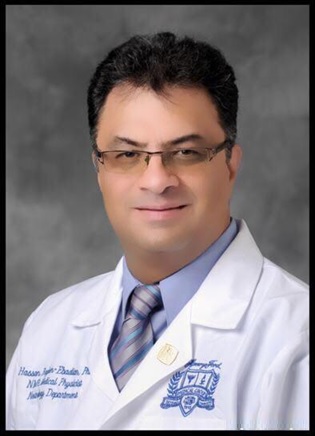Program Information
Impact of Smoothing and Noise On Robustness of CBCT Textural Features for Prediction of Response to Radiotherapy Treatment of Head and Neck Cancers
H Bagher-Ebadian*, I Chetty , C Liu , B Movsas , F Siddiqui , Henry Ford Health System, Detroit, MI
Presentations
SU-F-R-38 (Sunday, July 31, 2016) 3:00 PM - 6:00 PM Room: Exhibit Hall
Purpose: To examine the impact of image smoothing and noise on the robustness of textural information extracted from CBCT images for prediction of radiotherapy response for patients with head/neck (H/N) cancers.
Methods: CBCT image datasets for 14 patients with H/N cancer treated with radiation (70 Gy in 35 fractions) were investigated. A deformable registration algorithm was used to fuse planning CT’s to CBCT’s. Tumor volume was automatically segmented on each CBCT image dataset. Local control at 1-year was used to classify 8 patients as responders (R), and 6 as non-responders (NR). A smoothing filter [2D Adaptive Weiner (2DAW) with 3 different windows (Ψ=3, 5, and 7)], and two noise models (Poisson and Gaussian, SNR=25) were implemented, and independently applied to CBCT images. Twenty-two textural features, describing the spatial arrangement of voxel intensities calculated from gray-level co-occurrence matrices, were extracted for all tumor volumes.
Results: Relative to CBCT images without smoothing, none of 22 textural features extracted showed any significant differences when smoothing was applied (using the 2DAW with filtering parameters of Ψ=3 and 5), in the responder and non-responder groups. When smoothing, 2DAW with Ψ=7 was applied, one textural feature, Information Measure of Correlation, was significantly different relative to no smoothing. Only 4 features (Energy, Entropy, Homogeneity, and Maximum-Probability) were found to be statistically different between the R and NR groups (Table 1). These features remained statistically significant discriminators for R and NR groups in presence of noise and smoothing.
Conclusion: This preliminary work suggests that textural classifiers for response prediction, extracted from H&N CBCT images, are robust to low-power noise and low-pass filtering. While other types of filters will alter the spatial frequencies differently, these results are promising. The current study is subject to Type II errors. A much larger cohort of patients is needed to confirm these results.
Funding Support, Disclosures, and Conflict of Interest: This work was supported in part by a grant from Varian Medical Systems (Palo Alto, CA)
Contact Email:

